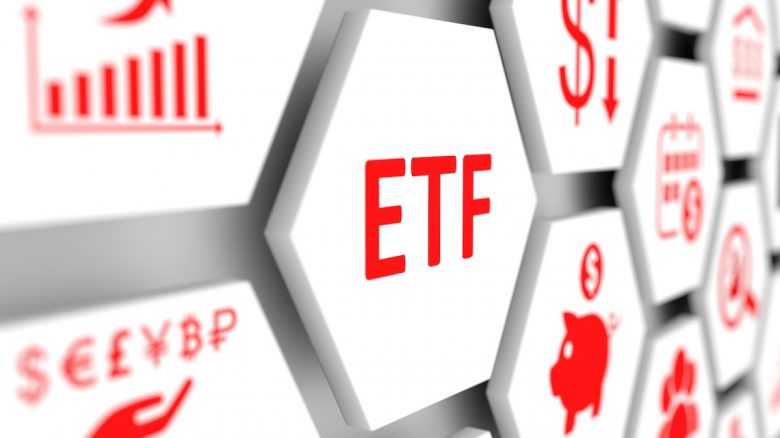The marketable security that utilizes debt and derivatives to boost an underlying index’s profit is known as leveraged exchange-traded fund (ETF). This option targets a 3:1 or 2:1 ratio instead of the conventional ETF, where the underlying index’s securities are usually tracked.
The Process
Exchange-traded funds hold a basket of securities that came from tracking the index. An excellent example is exchange-traded funds that traced the S&P 500 Index will have stocks worth 500 in the said firm. Usually, the ETF will go up by a percent if the S&P also moves up by 1.
A leveraged ETF that traces the S&P might utilize debt and financial products to boost the 1% profit. The amount of this profit is dependent on the extent of the leverage applied in the ETF. The investing technique that utilizes borrowed funds to acquire options and potentials to enhance the impact of price fluctuation is called leveraging.
But leverage may be applied in different directions too and can result in major losses. The leverage heightens the loss if the underlying index goes down by a percent. Some investors consider it a double-edged sword, which indicates one can earn huge gains but also incur massive losses. People interested in this option should know the relevant risks involved and that the losses are much higher compared to regular investments. The costs from transaction and management aspects involved in leveraged ETFs can reduce the amount of funds returned.
Advantages
A leveraged exchange-traded fund can utilize financial derivatives like options contracts to boost the index’s exposure. It won’t increase the index’s annual gains, but it can track the day-to-day changes. Options contracts allow an investor to trade an asset with no obligation of buying or selling securities. Bear in mind that there’s an expiration date for options contracts and that everything must be completed before it expires.
Options have associated charges, called premiums. This will enable investors to purchase a huge number of shares. Options protected by an investment like stocks can increase the profits of bearing the stock investment. With that said, leveraged ETFs utilize options to increase the profits of conventional ETFs. Some of the portfolio managers aim to borrow to acquire more security shares, which add to their positions and increase their potential profit at the same time.

Trading securities require comprehensive knowledge of the market.
Inverse Leveraged Exchange-traded Fund
An inverse leveraged ETF utilizes leverage to increase funds when the index is reducing its value. This means the investors earn from a bearish market or when it declines since the underlying index’s value goes down while the inverse ETF increases.
Every investment strategy that involves an ETF must be carefully assessed. Opting for leveraged ETFs is a complicated investment strategy and must not be taken lightly. While it has its benefits and can potentially increase gains, some risks incur considerable loss. Remember to only engage in trading these securities if you’ve already done it before and deal with a credible broker. When in doubt, you can also speak to a professional financial adviser or perhaps an experienced investor. These people are willing to guide you since they’ve been in your position and possibly have experienced considerable loss too.


































































